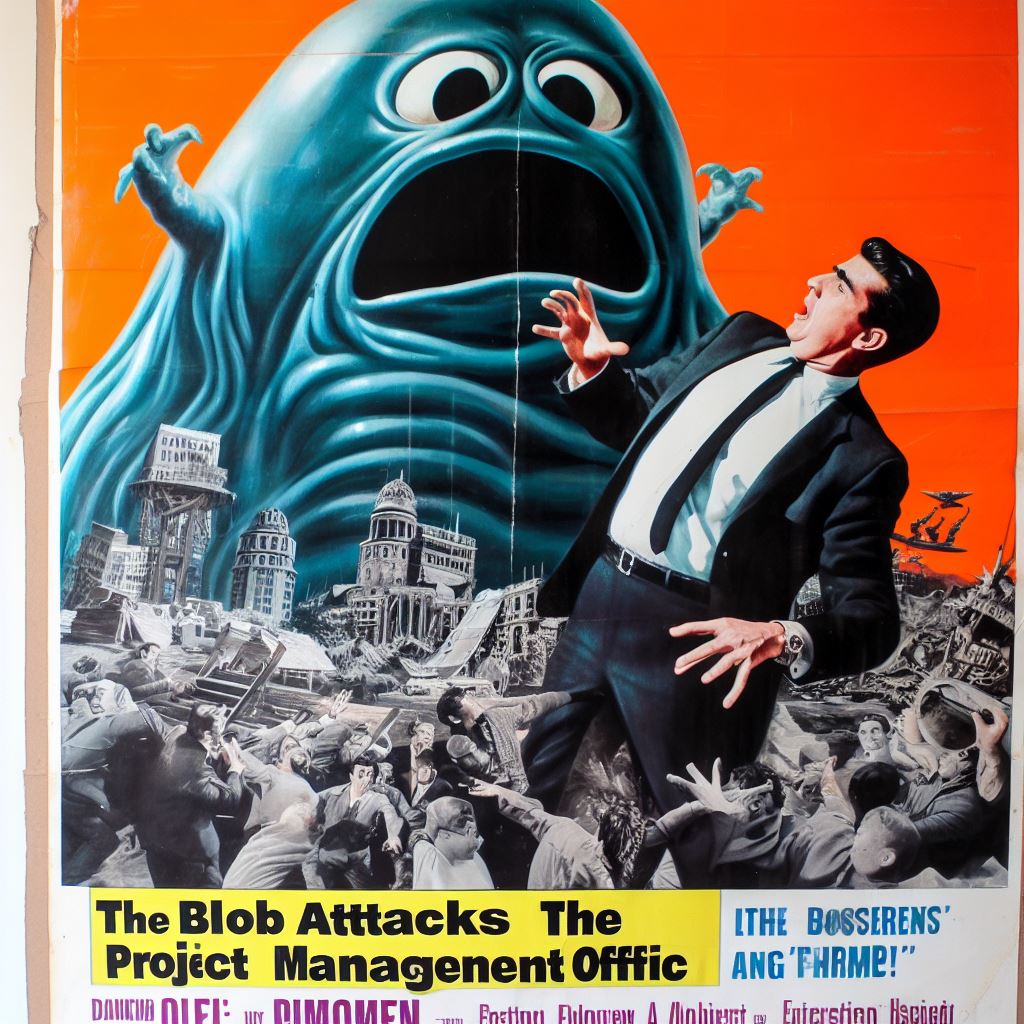This article is a continuation of my series of articles on how to be sure to protect your data, and leverage the generative AI capabilities. This article focuses on the Azure blob storage component. Oh, we now have DALL E3 using Bing, so expect some better (cooler) images from now on!

What is Azure blob storage?
The official Microsoft website calls the Azure Blob storage a “Massively scalable and secure object storage for cloud-native workloads, archives, data lakes, high-performance computing, and machine learning.”
And there is a great video that helps understand the storage capabilities in more detail:
How does it tie in with (Generative) AI?
By now, I believe we all know that AI is trained on vast amounts of data, scraped from “open” websites for the most part. This is where Open AI’s Chat GPT and other models get their parameters to predict the next word/sentence to present back to you.
A big downside of the open LLM models is that they aren’t trained with company-specific data. As a result, responses tend to be generic in nature. For a deeper understanding of a business need, accurate, real-time, and correct data from the company needs to be available to the model to base its answers on.
Using the conversational “skills” and general prediction powers (explicitly not calling it reasoning) of an open LLM model combined with core company knowledge will generate more and better results for employees.
In the previous post, we already learned about cognitive search. It shouldn’t come as a surprise then that the blob storage is the service that contains all the unstructured data for cognitive search to index on.
How could Azure blob storage be used by the PMO?
Azure Blob storage can be a valuable asset for the Project Management Office (PMO) in several ways. Firstly, it provides a secure and scalable solution for storing large amounts of unstructured data that the PMO generates and collects throughout projects.
This data can include project documents, reports, images, and videos. By leveraging Azure Blob storage, the PMO can ensure that all project-related data is easily accessible, organized, and available for future reference even for ML and other AI models.
And again, the PMO can utilize the storage as a central repository for cognitive search, allowing team members to effectively search and index the unstructured data, uncover valuable insights, and make data-driven decisions. Overall, Azure Blob storage empowers the PMO with efficient and reliable data management capabilities, enhancing collaboration, productivity, and project success.
Prompt of PMO interest
I like this little subsection in the blogs on AI a lot. And I hope this section specifically has yielded some benefits to you already. If you want to contribute to this section by suggesting a good prompt, or prompt best practices please chip in by filling in this short 3-question form.
Analyzing the budget and current expenses, what recommendations can be made for cost-saving and budget optimization without compromising project quality?
This first prompt could provide valuable insights. However, be aware that ChatGPT isn’t private/corporate. This prompt will likely only be allowed if you are in a private AI solution (as we are discussing here). This AI solution should be able to look at your budget values as well as have a good understanding of your project business case.
Given the [scope] and [complexity] of the project, how can the team prepare for and manage changes effectively to avoid project delays and ensure smooth transitions? Provide a step-by-step guide to provide a structured approach to managing changes.
[scope] =
[complexity] =
This second prompt can help you brainstorm change management. I tested out with 2 different scopes and complexities and ChatGPT 4 really did a good job in providing valuable responses.
News from chat GPT
Listening, speaking, and browsing! It’s all coming (or already here) to OpenAI’s LLM tool. I’m personally already using the browse again and happy it’s back because I was a big fan of it the previous time it was included.
Listening and talking to the Generative AI will be really strange I think. Typing still creates a small boundary (maybe not so much for the youngsters who only text instead of calling their friends). I look forward to talking with the AI and see if I can ask a prompt as effective as I can write it. What I say, is different from what I write. It’s likely going to be a very interesting video when I get the access (stay tuned).
Final notes
Here’s a (long) and interesting video regarding Large Language Models (LLMs), how they operate, and how to create your own. I thought you might like to see it.
I recently sent out a new newsletter, with a bit of a delay due to vacation, move and the flue. This month I’ll send out another, this time focussed on Power BI. If you don’t want to miss it (and other free content) make sure to sign up.
I recently hosted a webinar, regarding “the end of Project Online”, an ominous title to be sure, but one that might interest you as a reader of The Project Corner. In case you missed it live, here’s the recording.
And remember, if Power BI interests you, I also have a list of videos regarding Power BI visuals on the TPC channel: